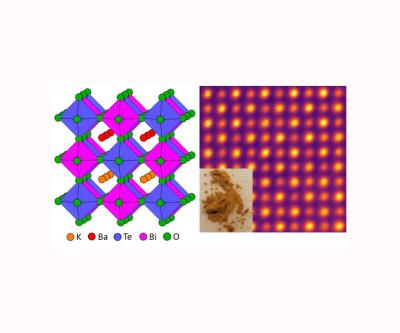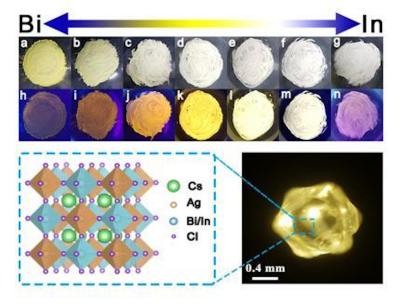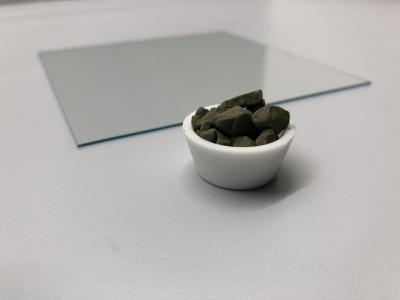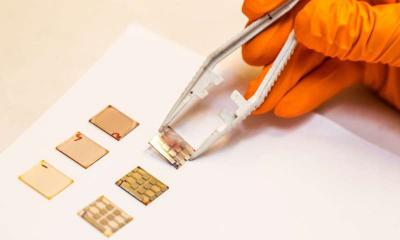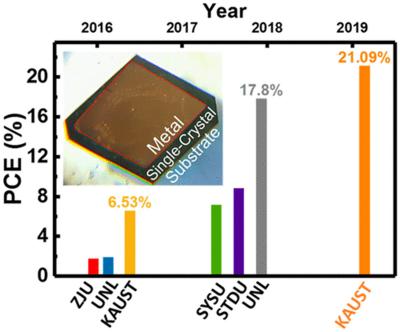Japanese team boosts the efficiency of perovskite LEDs
Researchers at the Tokyo Institute of Technology and Nihon University in Japan have explored a new approach using an exciton confinement effect to optimize highly efficient perovskite LEDs.
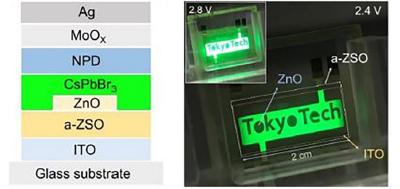 The structure of a large perovskite LED, where a layer of zinc oxide was deposited on the a-zinc silicate electron transport layer, providing greater brightness with better power efficiency. Credit: Tokyo Institute of Technology
The structure of a large perovskite LED, where a layer of zinc oxide was deposited on the a-zinc silicate electron transport layer, providing greater brightness with better power efficiency. Credit: Tokyo Institute of Technology
To achieve an efficient electroluminescent device, the team required a high photoluminescence quantum yield emission layer, efficient electron hole injection and transport layers, and high light out-coupling efficiency. With each new advance in emission layer materials, new functional materials are required to realize a more efficient LED. To accomplish this goal, the authors of the study explored the performance of an amorphous zinc-silica-oxide system layered with perovskite crystals to improve the diode performance.
